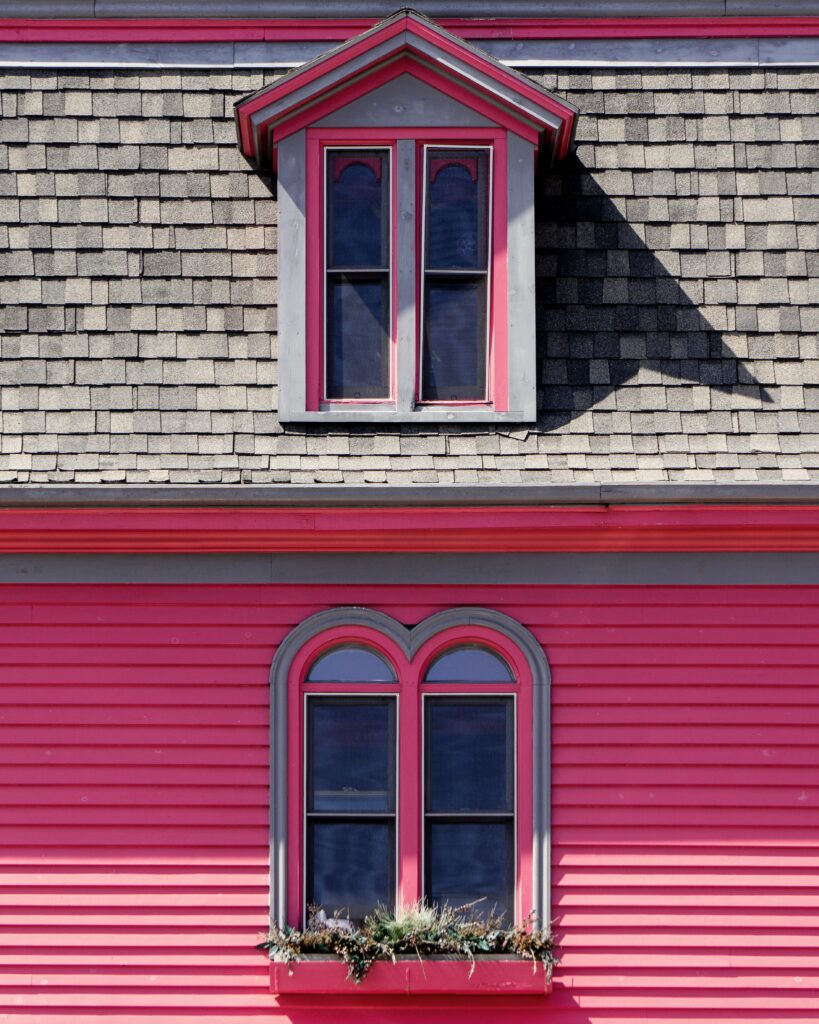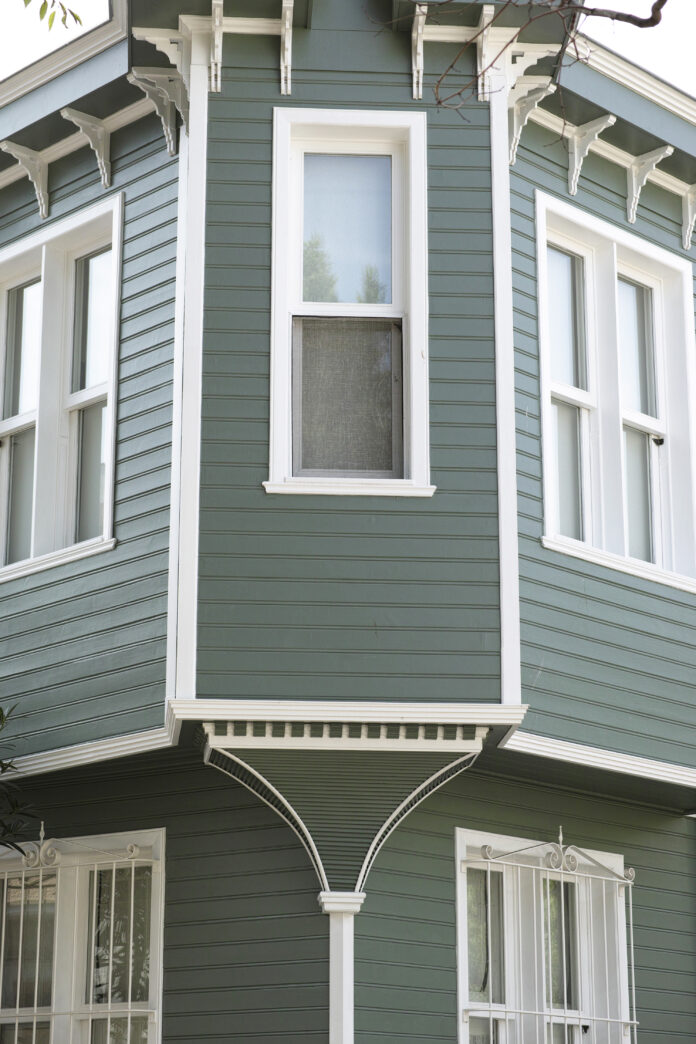Introduction
Choosing the best siding colors for your home can significantly enhance its curb appeal and overall value. A thoughtful siding color selection ensures that your home blends beautifully with its surroundings while reflecting your personal style. When selecting a siding color, consider factors like your home’s architectural style, the local climate, and the neighborhood’s overall aesthetic. Light tones can make smaller homes appear larger, while darker shades can add warmth and depth. This guide will help you navigate the process of finding the perfect siding color to make your home stand out.
Best Siding Colors: Choosing the Right Shade for Your Home

Selecting the best siding colors can make a big difference in your home’s appearance and curb appeal. The right shade can complement your home’s architectural style and create a welcoming exterior. Popular choices like soft grays, warm beiges, and classic whites are timeless and versatile, blending well with a variety of roof colors and landscapes. For those looking to make a bolder statement, deep blues, rich browns, and even shades of green can add character and uniqueness to your home. When choosing the best siding color, consider how the shade will look throughout the seasons and how it complements other exterior elements like trim and shutters.
Important Factors to Consider When Choosing a Siding Color
When selecting a siding color, several factors should guide your decision:
- Climate and Environment: Your local climate can influence how a color looks and performs. Light colors can reflect heat, making them ideal for warm climates, while darker shades can absorb warmth, providing insulation in colder areas.
- Home Style and Architectural Features: Certain colors are better suited to specific architectural styles. For instance, traditional homes tend to pair well with timeless, subtle hues, while more modern designs can embrace vibrant, bold colors for a sleek, contemporary look.
- Neighborhood Trends and HOA Rules: It’s important to consider the general look of your neighborhood and any homeowner association (HOA) regulations that might restrict your choice. A color that complements nearby homes can enhance your home’s curb appeal.
Matching Siding Color to Your Home’s Style
Your home’s architectural style plays a major role in determining the best siding color:
- Traditional Homes: Soft colors like beige, light gray, and sage green are ideal for creating a timeless look.
- Contemporary Homes: Bold colors like charcoal, navy blue, or crisp white can add a modern edge.
- Farmhouse and Craftsman-Style Homes: Earthy tones like warm gray, taupe, and rich brown can enhance the rustic charm of these designs.
How Siding Color Affects Curb Appeal
The color you choose for your siding is one of the first things people notice about your home. A well-chosen color can make your home stand out, while a poor choice can detract from its appeal. Use color to highlight architectural features, such as gables and trim, and to create contrast with other exterior elements like doors and shutters. A beautiful siding color can also boost your home’s resale value by creating a positive first impression for potential buyers.
Light vs. Dark Siding Colors: Pros and Cons
Choosing between light and dark siding colors involves considering the benefits and drawbacks of each:
- Light-Colored Siding: Reflects more sunlight, which can help keep your home cooler in the summer. It also creates a sense of space and can make smaller homes appear larger.
- Dark-Colored Siding: Adds a sense of warmth and can create a striking contrast against lighter trim or roofing. Darker shades can make a larger home feel more grounded and sophisticated.
Your choice should balance your climate and your home’s overall design to achieve the desired effect.
Popular Siding Colors and Trends
Siding color trends are always evolving, with some classic shades remaining popular over time. Currently, cool grays, warm neutrals, and deep blues are in demand. Homeowners are also embracing two-tone designs, combining a neutral base with a bold accent color for a dynamic look. While it’s tempting to follow trends, choosing a timeless color ensures your home remains stylish for years to come.
Testing Siding Colors Before Making a Decision
Before committing to a siding color, it’s essential to test it out:
- Use Samples: Apply samples directly to your home’s exterior and observe them at different times of the day to see how the lighting affects the appearance.
- Virtual Design Tools: Many siding manufacturers offer online tools that let you visualize how different colors will look on your home.
Taking the time to test colors can help you avoid regrets and ensure that you’re happy with your final choice.
Conclusion
Choosing the best siding color for your home involves balancing your personal style with practical considerations like climate, architecture, and neighborhood aesthetics. By taking the time to explore your options and test colors in various lighting conditions, you can find the perfect shade that enhances your home’s character and curb appeal. With the right siding color, you can transform your home’s exterior into a true reflection of your style.
FAQs
- What are the best siding colors for increasing home value?
- Neutral tones like gray, beige, and white tend to be popular with buyers and can help boost resale value.
- How can I select a siding color that pairs well with my roof?
- Consider choosing a color that contrasts with your roof to create visual interest or one that shares undertones for a more cohesive look.
- Can I change my siding color without replacing it?
- Yes, some types of siding can be painted or stained to update their color without a full replacement.
- What siding colors are easiest to maintain?
- Medium-tone colors like taupe or light gray are good at hiding dirt and wear, making them easier to maintain.
- How does my home’s style influence my siding color choice?
- Traditional homes often look best with classic, muted colors, while modern homes can accommodate bolder shades for a more contemporary look.














